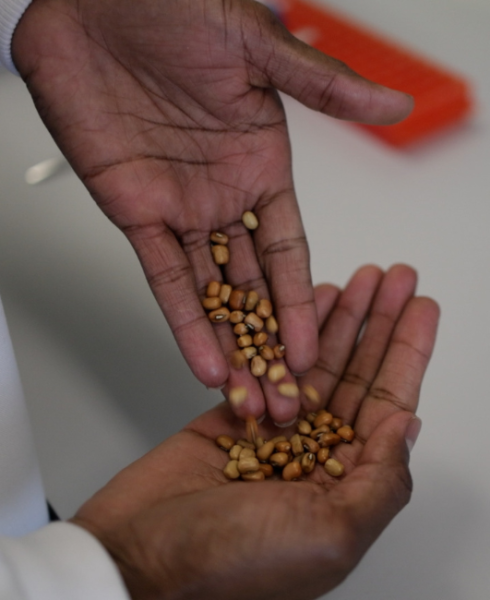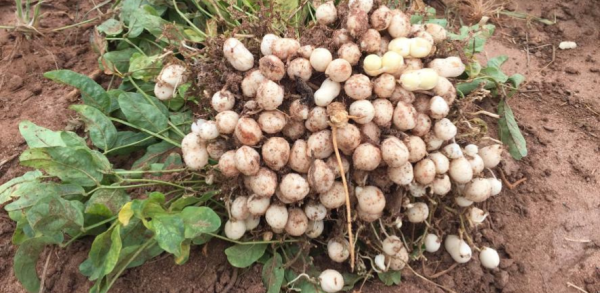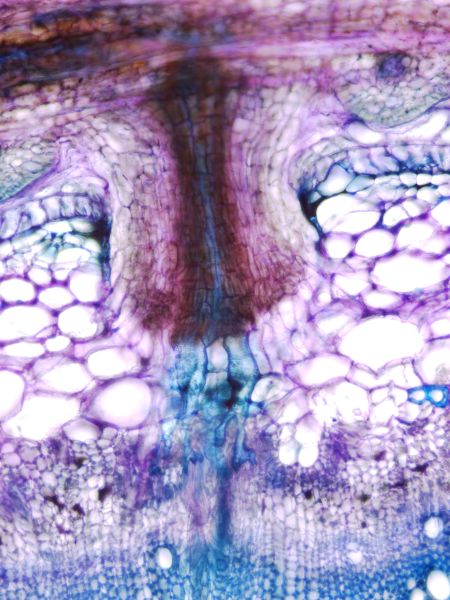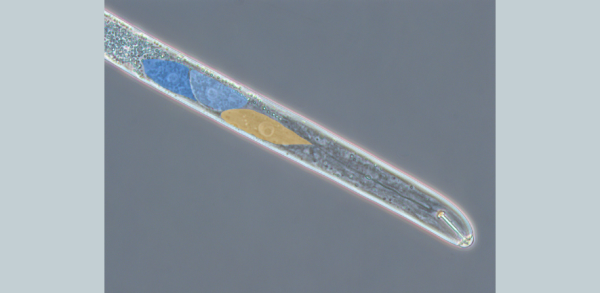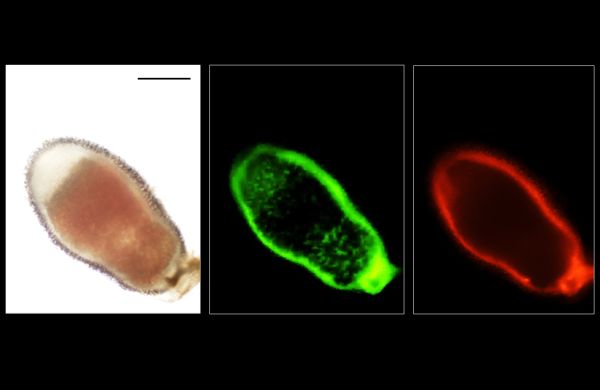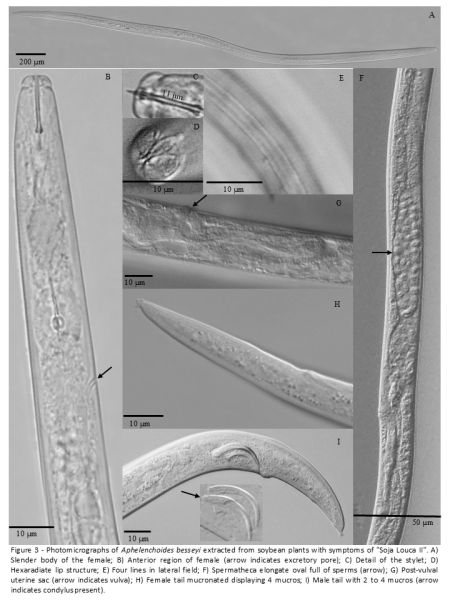A research review by a Crop Science Centre scientist and a UC Davis scientist has summarised our current understanding of how the stem parasitic plants Cuscuta species, known as dodders, develop the specialised organs, called haustoria, which confer the ability to acquire water and nutrients from their host plants.
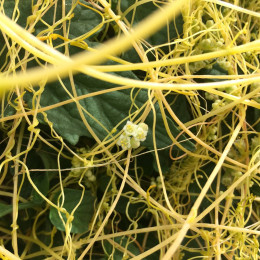
Lead author, Dr Min-Yao Jhu at the Crop Science Centre, said, “This review not only reveals the fascinating mystery of how plants evolved parasitism, but also provides the foundation for developing more effective methods to control the agricultural damage caused by parasitic plants.”
Parasitic plants are notorious for causing billions of USD worth of agricultural losses globally each year. Progress has been made recently in understanding the evolution and development of haustoria in root parasitic plants. Yet, increasing studies indicate that behaviours of haustorium formation between root and stem parasites are distinct, and the formation mechanisms of these organs in stem parasitic plants remain largely unknown.
Interestingly, although most root parasitic plants can avoid attacking themselves or closely related species, this does not appear to be the case with dodders.
This review also outlines the advantages of using dodders as model organisms for studying haustorium development in stem holoparasitic plants, the mysteries and limitations in the dodder system, and potential future research directions to overcome these challenges.
